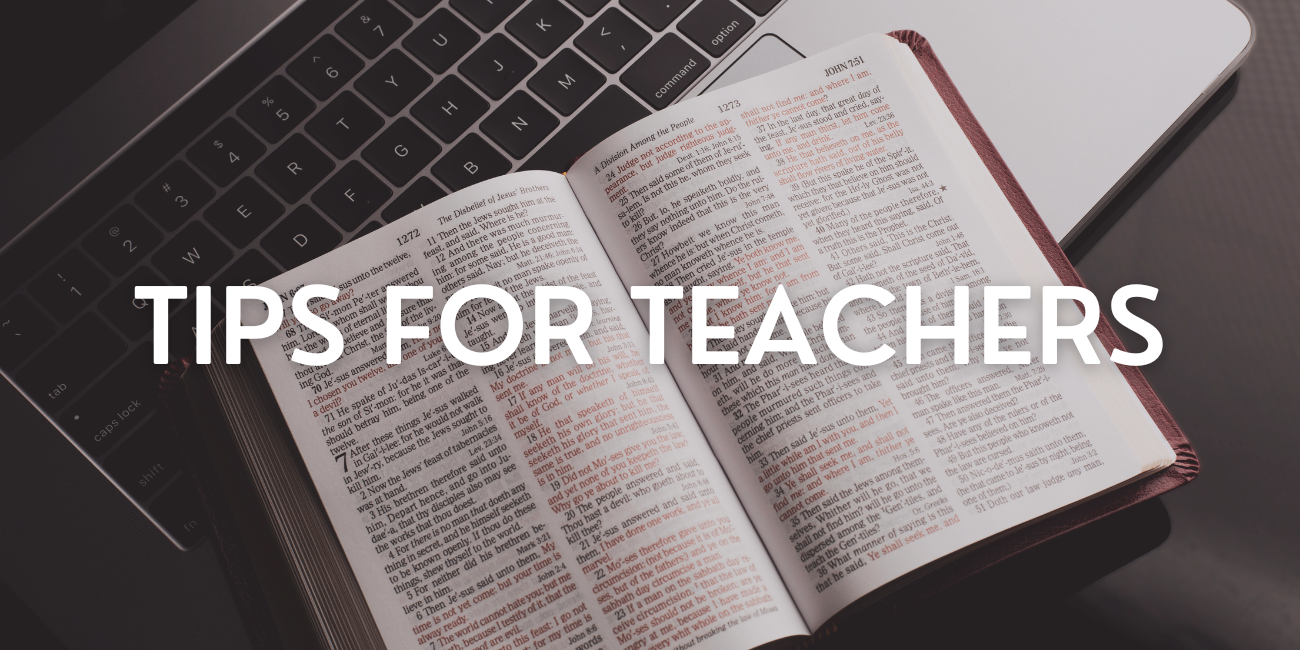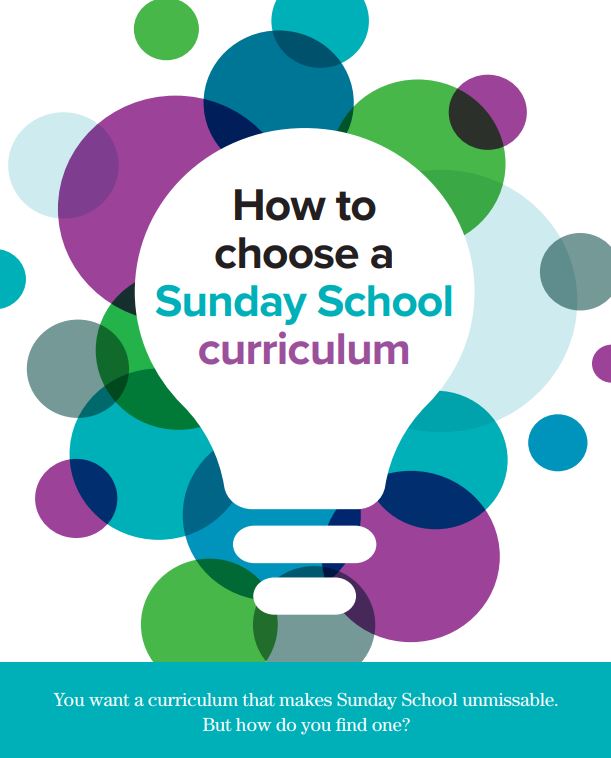
The Adult Teacher is a Bible-centered curriculum, written by Spirit-filled authors with a goal to clearly communicate the teachings of Scripture. From Genesis to Revelation, the entire Bible is covered in seven years. Also, all major Church doctrines are presented, as well as topics of special importance to help us live as Christians in our world.
Some people misunderstand the role of the Holy Spirit in teaching and the use of curriculum in preparation. They ask, “How can you follow the Holy Spirit if you use curriculum?”
The Role of the Holy Spirit in Teaching
God has given teachers to the Church in order to instruct believers and equip them for life and service. The role of the Spirit is to quicken or illuminate what teachers teach and students receive. Without this teaching of the Spirit, all learning is merely head knowledge (see 1 Corinthians 2:10–16, especially verse 14). Teachers cannot give what they have not received. And students cannot learn what they have not studied (2 Timothy 2:15).
Why Use Curriculum?
Using the Adult curriculum in your Sunday School class does not circumvent the work of the Holy Spirit in a Sunday School class. Rather, by using Radiant Life Adult curriculum, you utilize Spirit-filled writers who have taken the time and effort to study and write a commentary about the passages under examination. You also are able to complete an overview of the entire Bible in seven years!
Curriculum and Questions
A study discovered that teachers ask an average of forty-five questions weekly. Of these, one-third are rhetorical or are “class functionality” questions (i.e., asking students to distribute materials or discussing class issues). Curriculum materials provided teachers with one-third of the discussion questions asked in class, of which most were asked word-for-word. The other one-third of questions asked weekly were teacher-generated. Teachers who did not utilize discussion questions from curriculum were five times more likely to be asking lower-level questions (those asking for simple recall or understanding). The study verified that these lower-level questions resulted in less discussion than those asked at higher levels. Those who utilized curriculum were more likely to ask questions that required students to think through issues and apply the lesson to their lives.
How Long Should You Prepare?
When preparing your Sunday School lesson, use the “3 to 1” rule: 3 minutes of study for each minute of class time. For a 45-minute class session, then, would call for 2 ¼ hours in lesson preparation. Using this amount of time invested in preparation for a 45-minute class, the following steps offer teachers a framework in which to budget time for planning lessons:
1. Skim the lesson (10 min.)
Become familiar with the contents and direction of the lesson.
2. Pray for guidance (20 min.)
This is a great time to pray for class members because the Holy Spirit can steer a teacher’s thoughts toward specific student needs.
3. Study the Bible commentary (30 min.)
- Note the relationship between the Scriptures and the Bible commentary section.
- Avoid the temptation to recite or read the Bible commentary text in class.
- List issues raised in the Bible commentary that might needs of students.
- Consider items from the Adult Resource Packet as well as “Response to the Word” to provide potential activities.
- Examine how each question relates to the Bible commentary section.
4. Write the lesson objective (15 min.)
Customize each lesson objective to fit your class. Objectives begin with the words “Adults will . . .” followed with a verb, such as believe, discuss, accept, respond with, role play, or write. Each part of the study and each activity should be geared to accomplish the objective.
5. Plan for student response in Call to Discipleship and Ministry in Action (10 min.)
Use these sections to close the session in a time of prayer or personal dedication.
6. Prepare Introducing the Study (10 min.)
Begin class with a story or activity that will capture students’ attention.
• Avoid starting with definitions.
• Use case studies, agree-disagree statements, and news items to spark interest.
7. Organize the Bible commentary (10 min.)
- Use the Adult Teacher outline to guide you.
- Allow personal insight to flow from the Bible and lesson materials.
- Decide on two or three main ideas to focus on, then highlight the other topics.
8. List discussion questions (10 min.)
Carefully select or write two to five questions that will stimulate discussion.
9. Select the presession activity (5 min.)
Involve students before the class session begins by using an activity to help them interact with the lesson objective while fellowshipping and sharing with their friends.
10. Pray for anointing (10 min.)
Pray for the anointing of the Holy Spirit to be present as you teach the lesson, and for students to receive the teaching.
11. Gather needed materials (5 min.)
Organize and collect all materials you will need to teach this lesson.
A good curriculum should do the following:
1. Ensure important information will not be omitted or overemphasized.
2. Weed out false teaching and doctrinal errors.
3. Provide a variety of resources. Remember that the Bible is the teacher’s textbook! The curriculum serves the teacher by offering biblical insights and instructional ideas.
4. Help teachers ask the right questions.
by Dilla Dawson



